Optimal Timing for Storm Restorations
Storm restorations are most effective when performed promptly after a storm event, but timing can influence the quality and durability of repairs. The optimal window depends on weather conditions, seasonal patterns, and the severity of the damage. Understanding these factors can help ensure restorations are completed efficiently and effectively.
The best time for storm restorations is immediately after storm damage is identified, ideally within days to prevent further deterioration.
Late spring through early fall typically offers favorable weather for restoration work, avoiding winter conditions that can delay repairs.
Restorations should be scheduled during periods of dry weather to ensure proper application and curing of materials.
Timing restorations between storm seasons can allow for thorough repairs and inspections, reducing the risk of repeat damage.
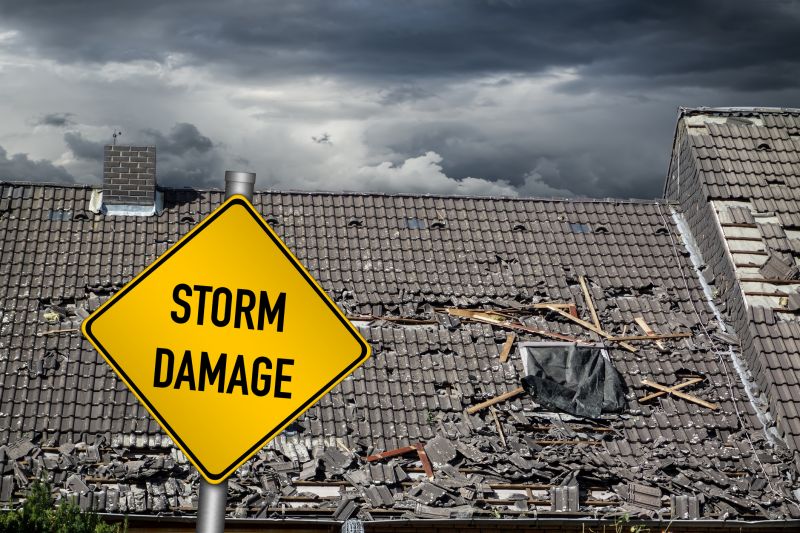
Inspecting roofs and exteriors immediately after storms ensures timely detection of damage.
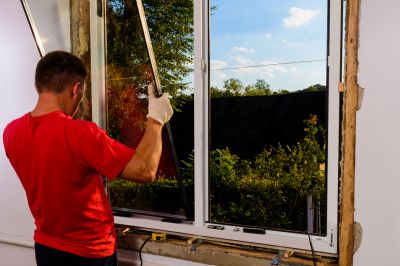
Scheduling repairs during dry seasons improves material application and longevity.

Strengthening structures before storm season begins reduces vulnerability.
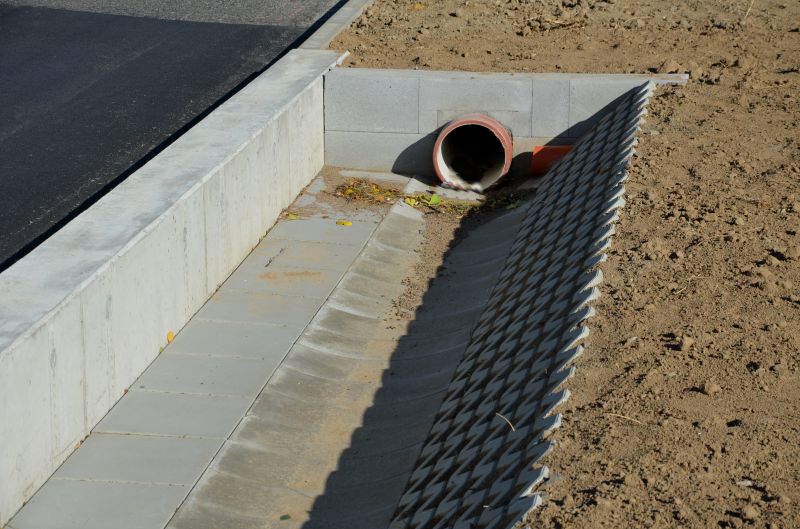
Ways to make Storm Restorations work in tight or awkward layouts.
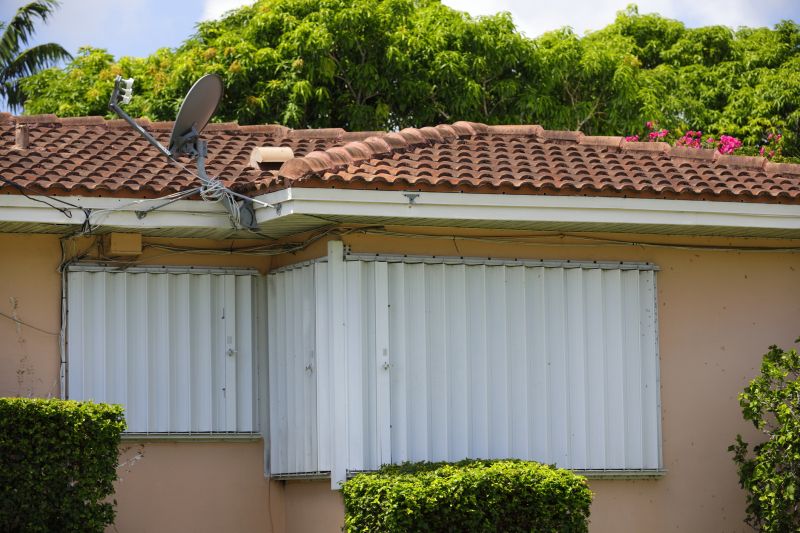
Popular materials for Storm Restorations and why they hold up over time.
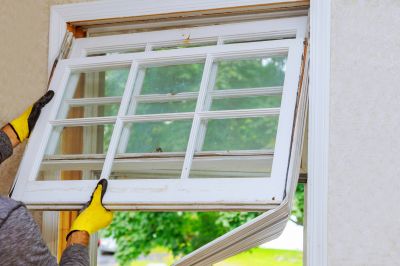
Simple add-ons that improve Storm Restorations without blowing the budget.
| Factor | Impact on Storm Restorations |
|---|---|
| Weather Conditions | Dry weather allows for optimal repair conditions and material curing. |
| Seasonal Timing | Spring and summer offer longer daylight hours and better weather for outdoor work. |
| Storm Season | Scheduling repairs between storm seasons minimizes the risk of re-damage. |
| Damage Severity | Immediate repairs prevent further deterioration and reduce costs. |
| Resource Availability | Off-peak seasons may offer more scheduling flexibility and resource access. |
| Material Performance | Weather impacts the effectiveness of roofing and exterior repair materials. |
| Safety Considerations | Clear weather enhances safety for repair crews. |
Storm restorations involve repairing or replacing damaged roofing, siding, windows, and other exterior components affected by severe weather events. Timely restoration helps prevent secondary issues such as water intrusion, mold growth, and structural deterioration. Advanced planning and understanding seasonal patterns can optimize repair quality and longevity, ensuring structures are resilient against future storms.
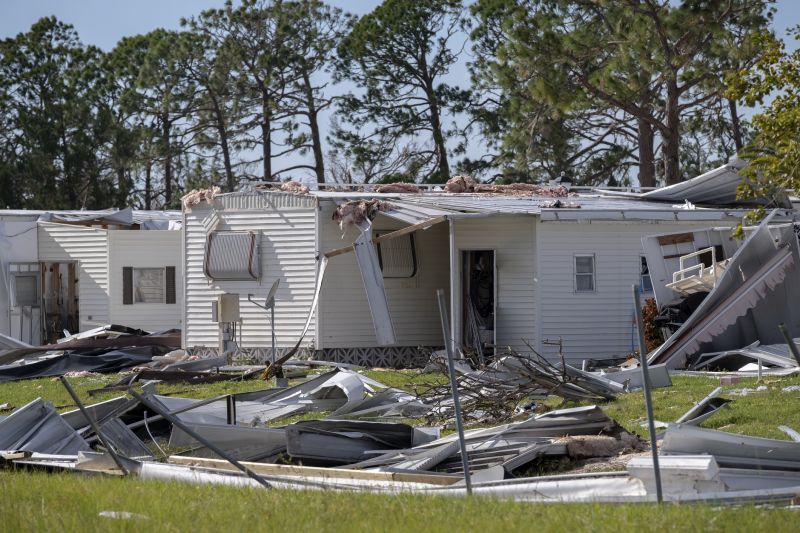
Severe storm damage can compromise roof integrity, requiring prompt attention.
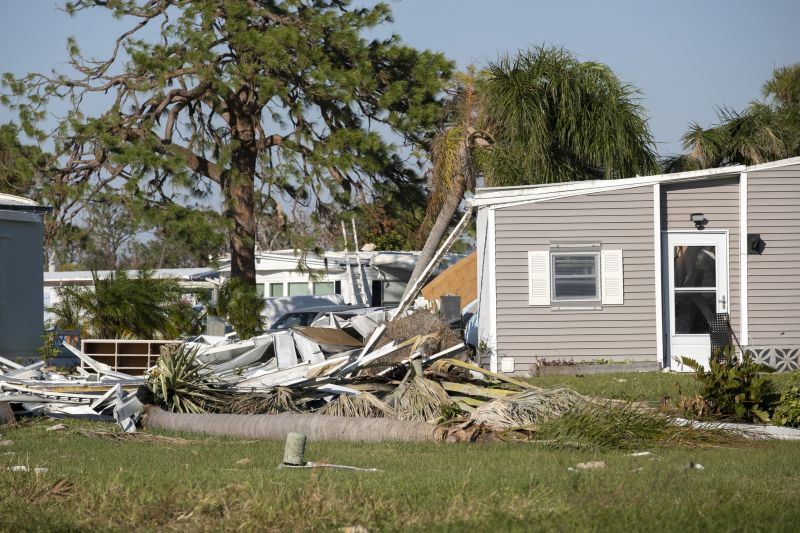
Proper timing ensures effective repair and material application.

Restorations completed during optimal conditions provide lasting protection.
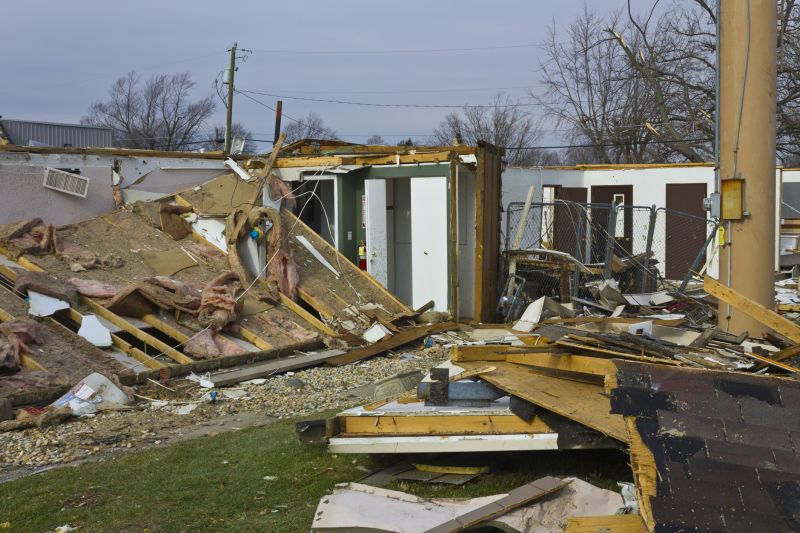
Strengthening structures before storm season begins reduces future damage risk.

High-end options that actually feel worth it for Storm Restorations.
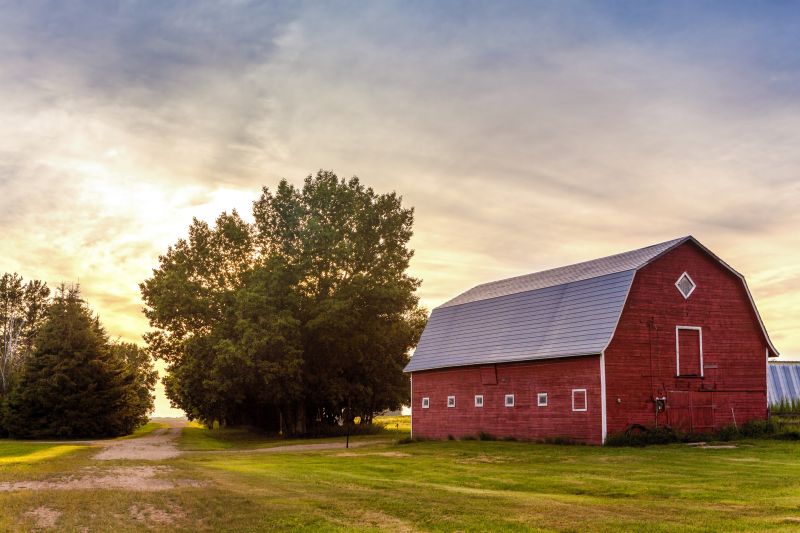
Finishes and colors that play nicely with Storm Restorations.

Little measurements that prevent headaches on Storm Restorations day.
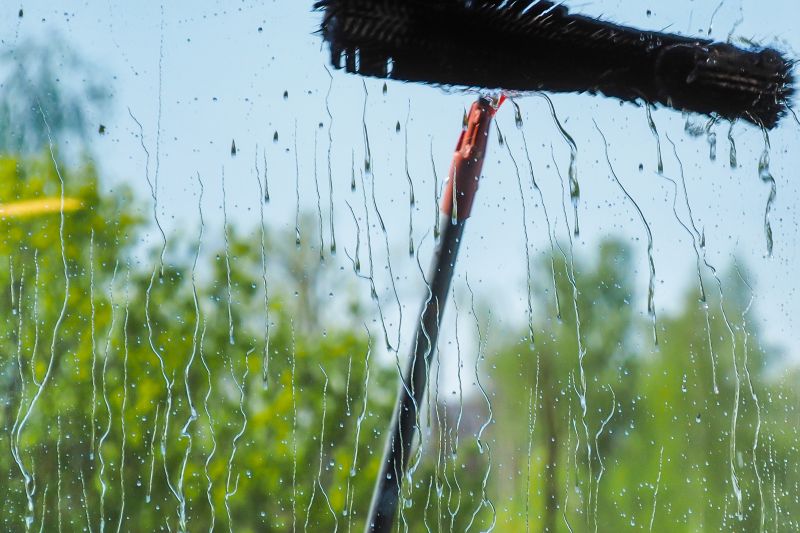
A 60-second routine that keeps Storm Restorations looking new.
Proper timing of storm restorations is essential for maximizing durability and minimizing disruption. Analyzing weather patterns and storm activity helps determine the most suitable periods for repairs. Early intervention after storm damage can prevent escalation of problems, saving time and resources in the long run.
Interested in storm restorations? Fill out the contact form to discuss options and schedule assessments.
